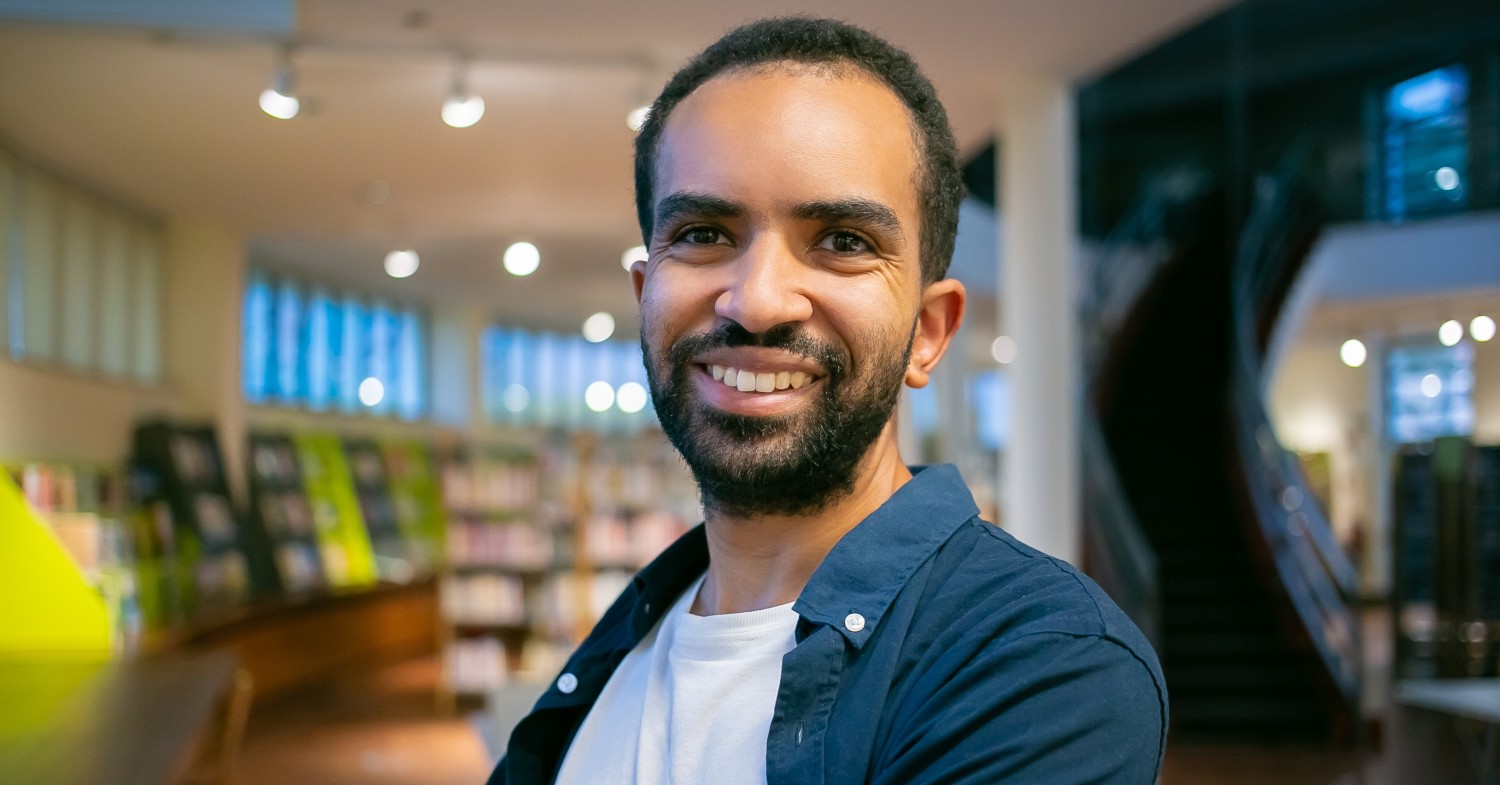
What Do Math Teachers Earn in 2020?
As a math teacher, you may qualify for higher pay [...]

Most teachers launch their careers with a bachelor’s degree in education, but that’s not the only or even fastest way to become a teacher. Enrolling in a teacher residency program allows you to start teaching while you’re studying—and many residency programs offer scholarships and stipends to help cover your tuition and living expenses.
The popularity of residency programs has increased in recent years, and it’s not hard to see why. They boast a teacher retention rate of between 80 and 90 percent in their first three years, which is higher than traditional methods—especially in high-need areas with an at-risk student population. Even after five years, 70 to 80 percent of teachers stay in their district. Residency programs also help diversify the workforce by bringing more teachers of color into this profession.
You may be thinking it sounds too good and there has to be a catch. If you are, keep reading. This article answers the question what is a teacher residency program? And many more. It covers:
Teacher residency programs offer an alternative path to becoming a teacher. They’re styled like medical residency programs, meaning you’ll focus more on gaining classroom experience than learning from a textbook. While traditional methods of becoming a teacher include earning a bachelor’s degree in education, residency programs allow you to start teaching sooner. You’ll receive mentoring from a current teacher at the school where you work and complete coursework designed to enhance experiential learning.
Teacher residencies are becoming increasingly popular. The National Center for Teacher Residencies (NCTR) began in 2007 and has worked with more than 40 programs. According to the Institute of Education Sciences (IES), by 2016 there were more than 50 teacher residency programs with additional ones being created on a consistent basis. Still, most higher education institutions (70 percent) rely on the traditional teacher education model, according to New York University.
This pathway is a common choice “for prospective educators who already have a bachelor’s” in another subject, according to NYU. That makes it an exciting choice for working professionals looking to change careers.
Yes, they are effective. According to a 2020 study from Glass Frog Solutions, “We find some evidence that having a resident in the classroom can improve student learning.” That said, not all programs are at the same level. This study surveyed three programs, and two were superior to the third.
Data from the Learning Policy Institute suggests that residency programs have higher retention rates than traditional programs, which can be especially impactful for schools in high-risk areas where most residencies take place. Teachers deciding to stay in their careers can help alleviate teacher shortages. Perhaps more importantly, teachers typically improve their teaching skills through experience. This means residency programs may be (indirectly) producing better teachers.
One reason for the high retention rate is “teacher residency programs typically require that candidates commit to teach in the school for a minimum of three years,” according to the NCTR. The biggest impact of this policy is in underserved areas where the teacher shortage is at a crisis point.
Besides the additional time spent teaching, coursework in residency programs typically “focuses more on pedagogical theory, classroom management, and practice rather than content knowledge,” according to NYU. Students in traditional programs usually spend more time on theory.
Remember, many people who enter programs with the residency model already have a bachelor’s degree in another field. Check to see if your desired program partners with a graduate school or offers master’s-level coursework. For instance, the Chicago Public Schools’ bridge program has bachelor’s degree and master’s degree pathways.
| University and Program Name | Learn More |
|
New York University:
Master of Arts in Teaching
|
|
|
Merrimack College:
Master of Education in Teacher Education
|
Many universities offer teacher residency programs, though third-party organizations like Teach Plus. Schools with teacher residency programs include:
Residents in this year-long program can become middle or secondary school teachers, depending on their chosen track. Those who pursue the high school route study specific subjects, such as biology and chemistry. In contrast, middle school teachers pursue more general math, science, and English Language Arts tracks with their mentor teacher. Completing the program guarantees a job, and you’ll receive a salary, healthcare, and a tuition scholarship as well.
This program, which confers a Master of Art in Teaching (MAT), does not require students to stay at their school after completing the one-year residency. Though partner schools don’t pay residents, students at the Steinhardt School of Culture, Education, and Human Development can take advantage of NYU scholarship opportunities—100 percent of the most recent class did.
Northwestern partners with three schools in the Evanston area for this master’s degree program. To be admitted, you need a bachelor’s degree and can’t already be a teacher. Students complete one year of residency and must agree to teach at their school for multiple years after the program. In return, they receive a $30,000 stipend and $35,000 worth of scholarships.
At Louisville, residents can choose from three MAT track options: elementary, middle, and secondary. Students can earn scholarships and receive a stipend during their time in the program—typically around $30,000. Graduates must teach at a partner school for five years.
In a partnership with Richmond Public Schools, VCU’s one-year teacher program aims ” to recruit, prepare, support, and retain highly effective teachers and teacher leaders who are committed to the students of RPS for the long term.” The program prepares residents specifically to “teach in a high needs school” and offers elementary, secondary, and special education tracks. In their first year, students complete coursework and begin their residency year, where they gain experience co-teaching. Eventually, they move to their own classrooms. Tuition is fully covered, and students receive at least a $5,000 stipend—they can earn $4,000 more for teaching science or math, and those who live in Petersburg earn additional money every month. All told, you’ll work more than full-time in this program (over 60 hours a week), which can last 14 months. But, you’ll be guaranteed a job after graduation.
Most teacher residency programs help people with zero teaching experience earn their initial license. That means you should not have a bachelor’s degree in education—an ironic prerequisite for an education program. There are bachelor’s-level residency programs and master’s-level residency programs. If you want to attend a master’s-level residency, you should hold a bachelor’s degree in another subject. You may have to submit information about previous subject-specific education during your application process. For instance, NYU has credit requirements for students pursuing English and math tracks.
The curricula for teacher preparation programs can vary, but they typically combine educational theory with practical classroom management and teaching techniques. NYU students in the Inclusive Childhood Education track take courses centered around inclusion, class community building, teaching math and literacy, and leadership. Those in the Secondary Education track study topics like developing a learning community, helping special needs students, and professional responsibility.
Specialization typically falls into four categories: early education, middle school education, secondary education (high school), and special needs education. If you select a high school-level teaching pathway, you’ll likely choose a pathway in subject areas like English, Math, Chemistry, and so on.
Many residencies last a year, but you won’t just be thrown into a school and expected to start teaching; a more experienced mentor helps guide you. Residencies can last longer than a year, especially if you consider that many programs require students to work at their school for a certain amount of time. Remember, the University of Louisville asks that students spend at least five years at their school or risk forfeiting their stipend.
Completing a teacher residency program prepares you to start teaching. Programs may even guarantee new teachers a job, though it depends on the program; many simply have high employment rates.
Your career does not need to stop at teaching, however. Earning a Master of Education is an excellent way to prepare for employment outside the classroom. It can lead to school administration positions and leadership jobs in the school district. Because so many residency programs offer stipends and scholarships to mitigate or eliminate educational debt, you may be more inclined to spend your money on other areas of your professional development to increase your expertise and further your teaching career.
Questions or feedback? Email editor@noodle.com

As a math teacher, you may qualify for higher pay [...]

The 8 Keys to Success,created by the DOE, VA, and [...]

The National Aspiring Principals Fellowship provides a gateway to educators [...]

A bachelor's or master's degree in library and information science [...]

Though most schools and educators are excited about returning to [...]
Categorized as: Elementary Education, Secondary Education, Education & Teaching